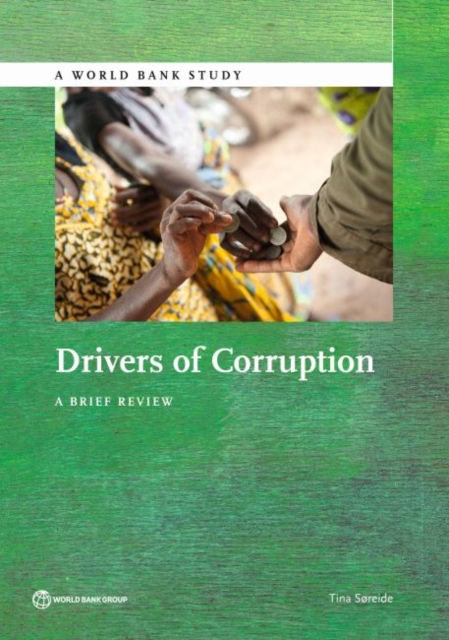
Drivers of corruption : a brief review Paperback / softback
by Tina S(2)reide, World Bank
Part of the World Bank studies series
Paperback / softback
Description
This report provides an overview of arguments explaining the risk of corruption.
Corrupt acts are subject to decision making authority and assets available for grabbing.
These assets can be stolen, created by artificial shortage, or become available as the result of a market failure.
Assets that are especially exposed to corruption include profits from the private sector, revenues from the export of natural resources, aid and loans, and the proceeds of crime.
Whether or not opportunities for corruption are exploited depends on the individuals involved, the institution or society they are part of, and the law enforcement circumstances.
Corruption usually persists in situations in which players are aware of the facts but nonetheless condone the practice.
Absence of reaction can result from information asymmetries (in which the people who are supposed to act are not aware of the need to act), coordination failure, patronage-determined loyalty, and incentive problems at the political level.
This review of results and insights from different parts of the scholarly literature on corruption focuses on areas where research can guide anticorruption policy.
The report also describes a number of corruption-related challenges in need of more attention from researchers.
Information
-
Item not Available
- Format:Paperback / softback
- Pages:87 pages, col. ill
- Publisher:World Bank Publications
- Publication Date:30/10/2014
- Category:
- ISBN:9781464804014
Information
-
Item not Available
- Format:Paperback / softback
- Pages:87 pages, col. ill
- Publisher:World Bank Publications
- Publication Date:30/10/2014
- Category:
- ISBN:9781464804014










